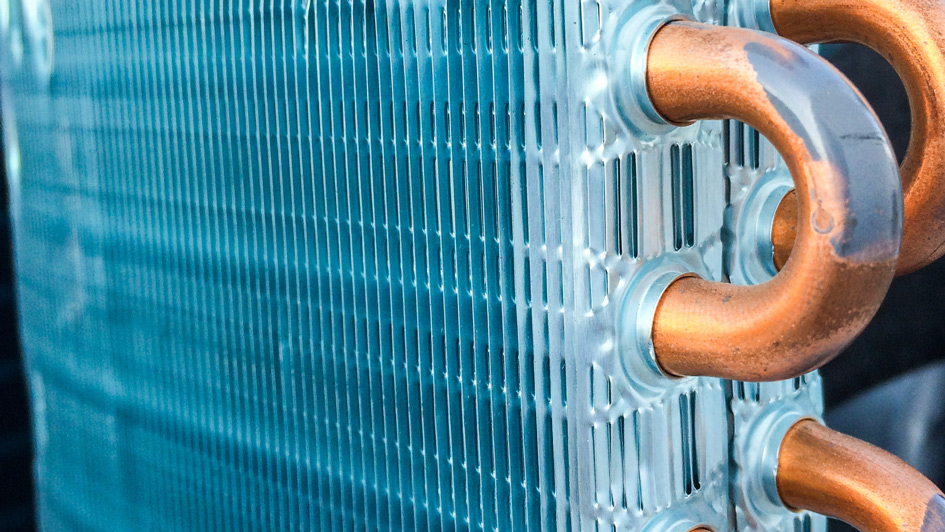
A furnace is often a background player for your home, ensuring you're warm across the cold winter months. It regularly won't be noticed until something breaks down.
One cause may be that your furnace has a cracked heat exchanger. It’s a potentially dangerous issue, so it’s important to know the signs of a cracked heat exchanger and what you can do if you believe that might be the problem.
What Is a Heat Exchanger in a Furnace?
A heat exchanger helps move heat from the combustion chamber in your furnace to the air that moves throughout the ventilation. It generally accomplishes this using coils or tubes that heat up the air while serving as a barrier to keep byproducts formed in the combustion chamber, called flue gasses, from getting out into your home.
Is a Cracked Heat Exchanger Dangerous?
Because of its central role, it shouldn't come as a surprise that a broken heat exchanger can be hazardous. A crack in the heat exchanger can enable dangerous gasses – such as carbon monoxide, which can be lethal – to flow through your home.
For that reason, don't ever run your furnace if you suspect it has a cracked heat exchanger, as this could make the whole family sick. Call an HVAC professional immediately if you think your heater has a cracked heat exchanger that needs repair.
Four Symptoms of a Cracked Heat Exchanger:
- Furnace turns off: A crack in your heat exchanger could cause your furnace to turn off.
- Strange Smells: If the air leaving your furnace has an intense chemical odor, it might be a sign gas is leaking through cracks in your heat exchanger. These gasses, which can smell like formaldehyde, are a major warning sign.
- Carbon monoxide alarm goes off or you notice poisoning symptoms: If a cracked heat exchanger is relieving carbon monoxide in your home, your carbon monoxide alarm could go off or household members might experience signs of carbon monoxide poisoning. Side effects include headaches, dizziness, weakness, nausea, vomiting or feeling sleepy. If an alarm goes off or you feel unusually tired, get out of the home as soon as you can and then call for help.
- Soot: If you notice black sooty collecting near the exterior of your furnace, it’s an indication something could be seriously wrong.
What to Do if the Furnace Heat Exchanger is Cracked
If you worry your furnace has a cracked heat exchanger, call a pro with extensive experience in furnace installation Plover right away so they can inspect your system and, if required, perform a furnace heat exchanger replacement. Costs should fluctuate depending on the situation, but estimates can roughly suggest $1,000 to $3,000.
Estimates aside, the good news is that heat exchangers are regularly covered by the warranty. You’ll want to check the warranty paperwork on your furnace, because while the warranty may not cover the entire cost of repairs, it still may significantly reduce your bill.
How to Avoid a Cracked Heat Exchanger in Your Home
One of the easiest ways to minimize the risk of problems in your furnace overall is through consistent furnace maintenance. Furnaces work the best when they work efficiently. Contacting a skilled professional to check your furnace for old parts, dirty filters and other likely problems can help you avoid getting a big bill later on.
It’s also beneficial to inspect your furnace filters every few months – it’s recommended some filters be changed every 90 days or sooner if they are dirty or grimy. While the filters aren't connected to the heat exchanger itself, the strain of dragging air through a clogged filter makes the entire furnace work more vigorously to accomplish its job. And the harder your furnace has to work, the more wear and tear components like the heat exchanger will sustain.
